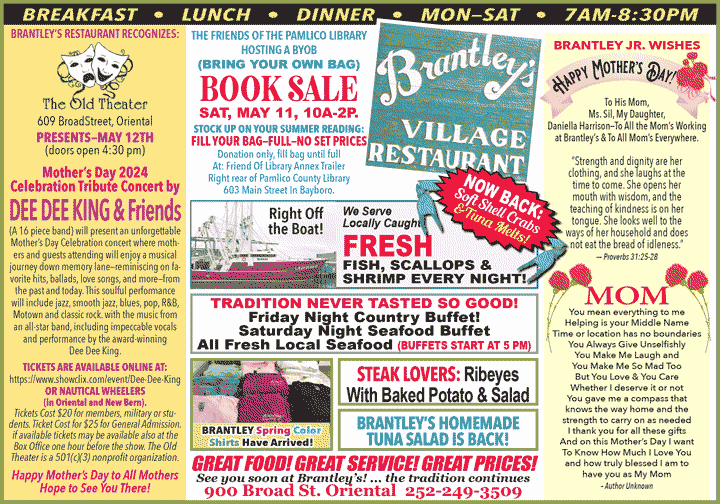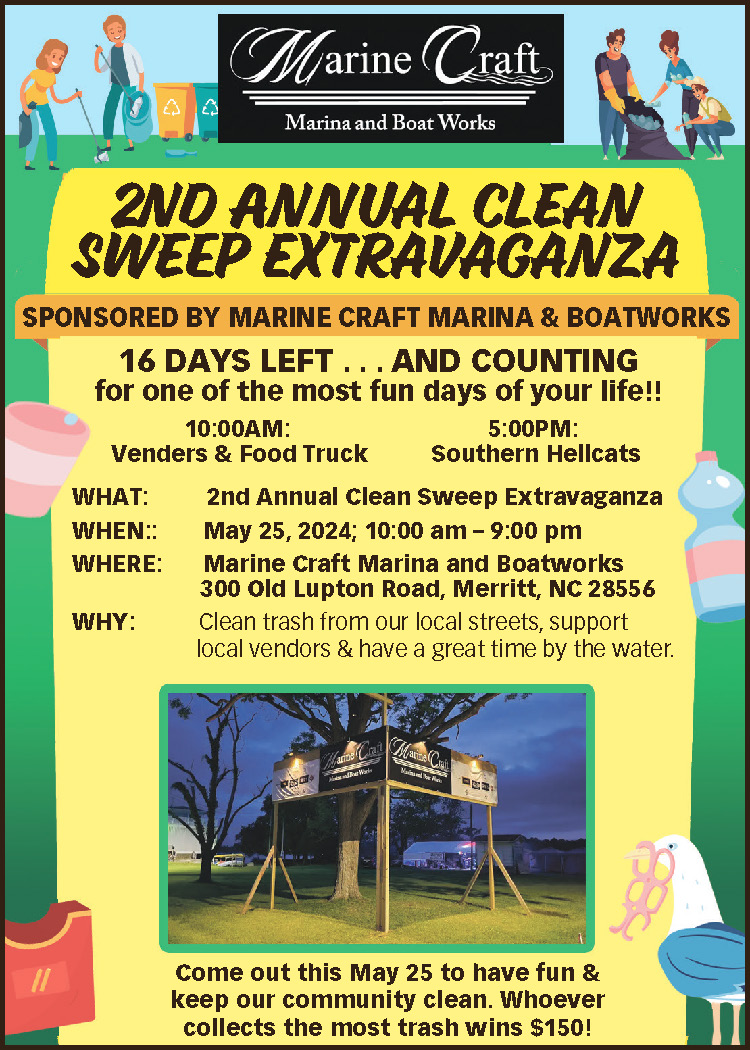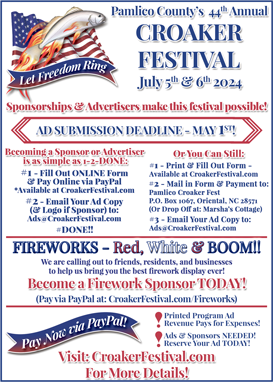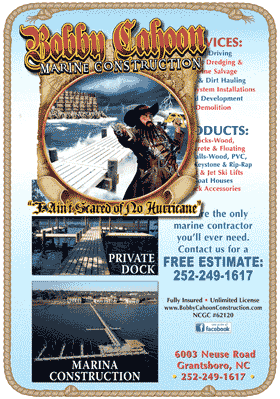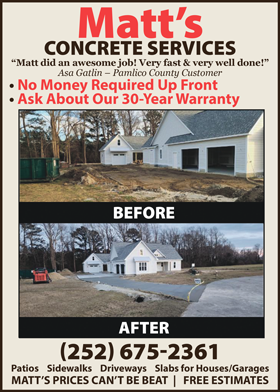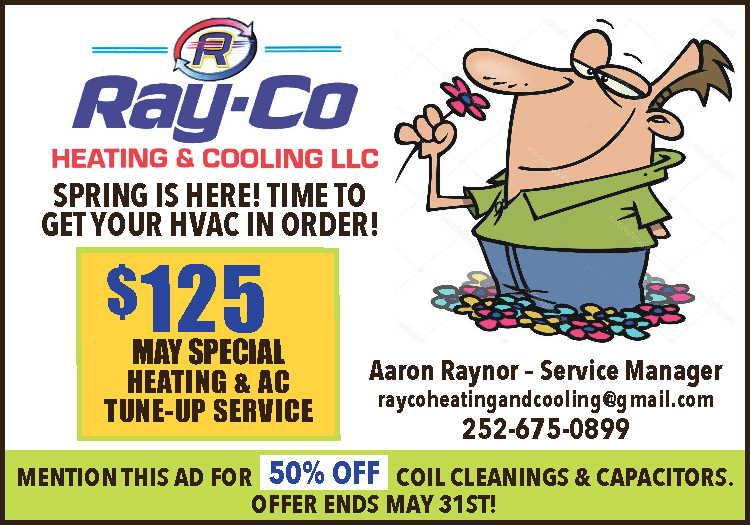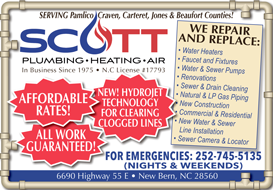
With unleaded gas prices pushing five dollars a gallon and headed higher with no end in sight, this is a great time to examine fuel saving methods. Some actions will yield significant savings while others less so. However, lots of small actions will make measurable savings too. This article outlines vehicle tips to increase your gas mileage.
1. A dirty vehicle has measurable fuel economy loss. You particularly need to keep your vehicle clean on the outside when traveling at speeds over 50 mph. Clean mud out of the wheel wells. That extra weight affects the gas mileage. Be sure the engine air filter is clean. Vacuum the air filter occasionally and replace it at the recommended intervals.
2. Make sure the air pressure in the tires is set per the owner’s manual or the label inside the driver’s door frame. Under-inflated tires don’t roll as easily as tires with the correct pressure. Over-inflated tires wear out in the center of the tread, yielding diminished tire life and compromising your safety on wet roads. If you cannot find a tire pressure listing, you might start with 35 psi all around for passenger cars and SUVs. Check tire pressures when all tires have been in the shade for at least 15 minutes prior to taking measurements since tire pressures increase with ambient air temperature, direct absorption from the sun, as well as high speed, hard braking, and turns when driving.
3. Fill your tires with dry nitrogen instead of compressed air. Dry nitrogen is a bigger molecule than oxygen and therefore doesn’t leak out through the tire rubber easily. Also dry nitrogen doesn’t expand and contract as much as plain air does. This maximizes the time your tires are inflated to the proper pressure without regard to temperature changes. A side benefit is that dry nitrogen moves heat from the tire tread and sidewalls to the steel or aluminum wheels for dissipation, which yields better tire life – up to 20% longer. Ideally you should use a tire company that has a dry nitrogen machine that sucks the air out of the tires and then inflates the tires with dry nitrogen. Be sure to have the spare tire filled with dry nitrogen as well. Over-inflate it to 40 psi so that over time it doesn’t leak out below 35 psi.
4. Use only the fuel grade that your vehicle manufacturer recommends. Using a premium grade won’t help when your vehicle will run perfectly well with regular gas. Some vehicle gas engines are designed to run on 93 octane mid-grade gasoline. Do not use 87 octane in those engines. It can cause detonation with the possibility of destruction of the engine. Warnings in owner’s manuals say not to use regular gas with an octane rating less than 87. However, when you purchase gas at high altitude, it’s rated at 85 octane, but that works just fine in regular gas engines. If you have a truck or SUV that runs on regular grade gas, you might experiment with adding some mid-grade gas when towing RVs and boats at high altitudes. A neighbor in Colorado who was an engineer for Amoco gasoline told me that premium grade gasoline has the most additives, and there are more than 20 formulations of unleaded gas. The major differences are between winter and summer blends. Winter blends use cheaper components and evaporate more easily. Summer blend components are more expensive and evaporate less easily.
5. When you change your oil, refill it with semi-synthetic. It lowers friction in the motor which improves gas mileage. Changing the oil filter at the same time is good idea. Some vehicles have an oil monitoring system to allow longer times between changes. I get concerned when the percentage of oil life gets down to 20%. Vehicles which have low mileage in a year should change oil every six months to avoid acid attacking the engine internal components.
6. Put your car on a diet. Remove all the junk in your trunk, back seat, console, and glove box. The more weight you carry, the worse your gas mileage will be. Fill the gasoline tank and drive until you have about a quarter tank left. Fill it up at that point because fuel-injected engines have the electric fuel
pump in the gas tank where the gasoline is also used a coolant for the pump. This is critical in the summer months or when it is warm out. It is not as crucial in the winter when it is really cold out.
7. Cut electrical usage. If you have daytime driving lights that can be switched off, do so unless the weather is foggy or rainy. Play the radio at a volume as low as possible because the louder the stereo is, the more power it draws. Don’t charge your computer or other electronics. Do that at home before you go. If you can, bring in outside air in the fall and spring to keep the vehicle comfortable. Air conditioning compressors take some amount of engine power and electricity, but mileage loss from air conditioning is far less than open windows or top-down convertibles. Remember, every bit of DC power you use has to be replaced by the alternator on the engine.
8. Use recirculating air in the vehicle in winter and summer. This really saves money in the
summer as you are cooling air that is much cooler than that which is outside. Ergo, if it is 90 degrees outside and you like the inside air temperature to be 72 degrees, the air conditioner has to cool the outside air 18 degrees. If the inside air pickup is 80 degrees, the AC only has to cool the air eight degrees. That uses much less fuel than having to cool outside air 18 degrees.
9. If you have a roof rack, read the owner’s manual to find out where to position the cargo cross braces. For example, Chevrolet says to put both of them all the way back to the rear of the TrailBlazer for the least wind resistance. No, this information was NOT in the Owner’s Manual. I called Chevy to get this nugget. Trust me, the savings are real!
10. If you must transport bicycles, the most fuel efficient way is inside your car. If they won’t fit inside, then use a bike rack on the back, rather than on the top of your car to cut windage.
11. When parked outside, use a windshield reflector screen to reduce the amount of heat that has to be removed by the AC system on initial start up. There are some window tint systems that make an amazing reduction in the solar energy absorbed by the vehicle interior!
Next week, we’ll suggest possible changes in your driving style to improve gas mileage!
Related posts:

Gordon is a frequent contributor to The County Compass



